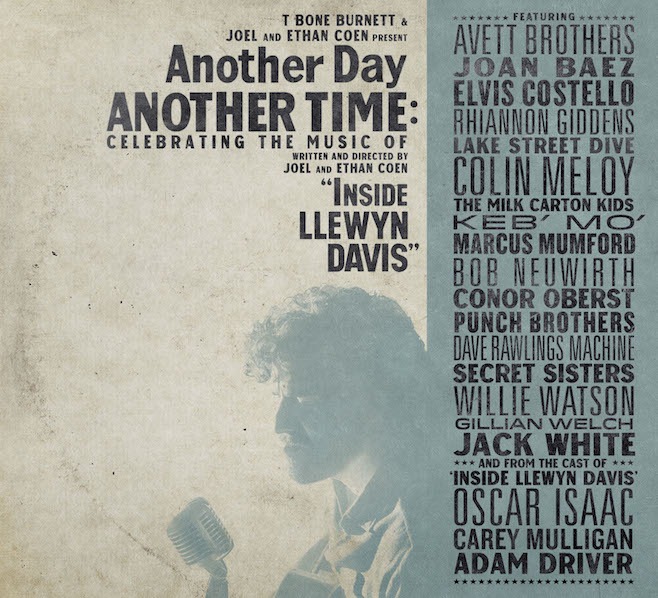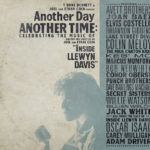
Due to technical circumstances that are explained in the cd booklet, this Road Trip takes us on a journey that combines two shows from 1980 — Penn State University (May 6) and Barton Hall (May 7). Based in the same year, it joins Go to Nassau, Dead Set and Reckoning but what’s highly noticeable on these performances isn’t just the clarity of sound one expects but how good the band sounds overall. There’s a relaxed quality here that makes a number such as “Loser” maintain its desperate nature even as it uses a loping rhythm. The same approach can be found on “Row Jimmy” and “China Cat Sunflower.” It’s rare in these circumstances during the Penn State tracks to find a misplaced note or misguided direction. The segue from “China Cat” to “I Know You Rider” gives an indication that it could unravel but Jerry Garcia and Brent Mydland soon unite to keep that train from rolling off the tracks and bring it right back home. The two also have a worthy give-and-take during “He’s Gone” as well; tentatively responding to each other like a couple on a first date. The only bit of pranksterism involved in this very solid set finds Bob Weir doing his best imitation of Roger Daltrey’s “My Generation” stutter during portions of “Around and Around.” During the Barton Hall numbers, he repeatedly sings “Playing, plaing in the barn” during the “Playing in the Band” in a reference to his surroundings.
Of equal importance to this three-CD set, the vocals from these two concerts are strong, and the harmonies consistently mesh splendidly. Major examples include “Jack Straw” and “Cassidy” from Barton Hall and “Lazy Lightning,” “He’s Gone” and “Wharf Rat” at Penn State. There’s no straining to hit notes in ways that can be heard in other performances. A little weakness does show at the beginning of “Shakedown Street” on disc three, which comprises the second set minus the encore from May 7, and there are a few moments of raggedness that weren’t present the prior evening, but it’s not nearly enough to weaken the entire release.
What’s odd, and infuriating, is that while the booklet enthuses about the “continued growth” of Mydland within the band in the studio and onstage, the gatefold inside photo fails to represent him. While he’s a little rough at the beginning of his solo during “Big River” his increasing stature can be heard over the course of this release. Mydland more than eases his way into his role as one among the five, and his absence in the image is disappointing, although perhaps more importantly, he is quite present in the music.



No Comments comments associated with this post